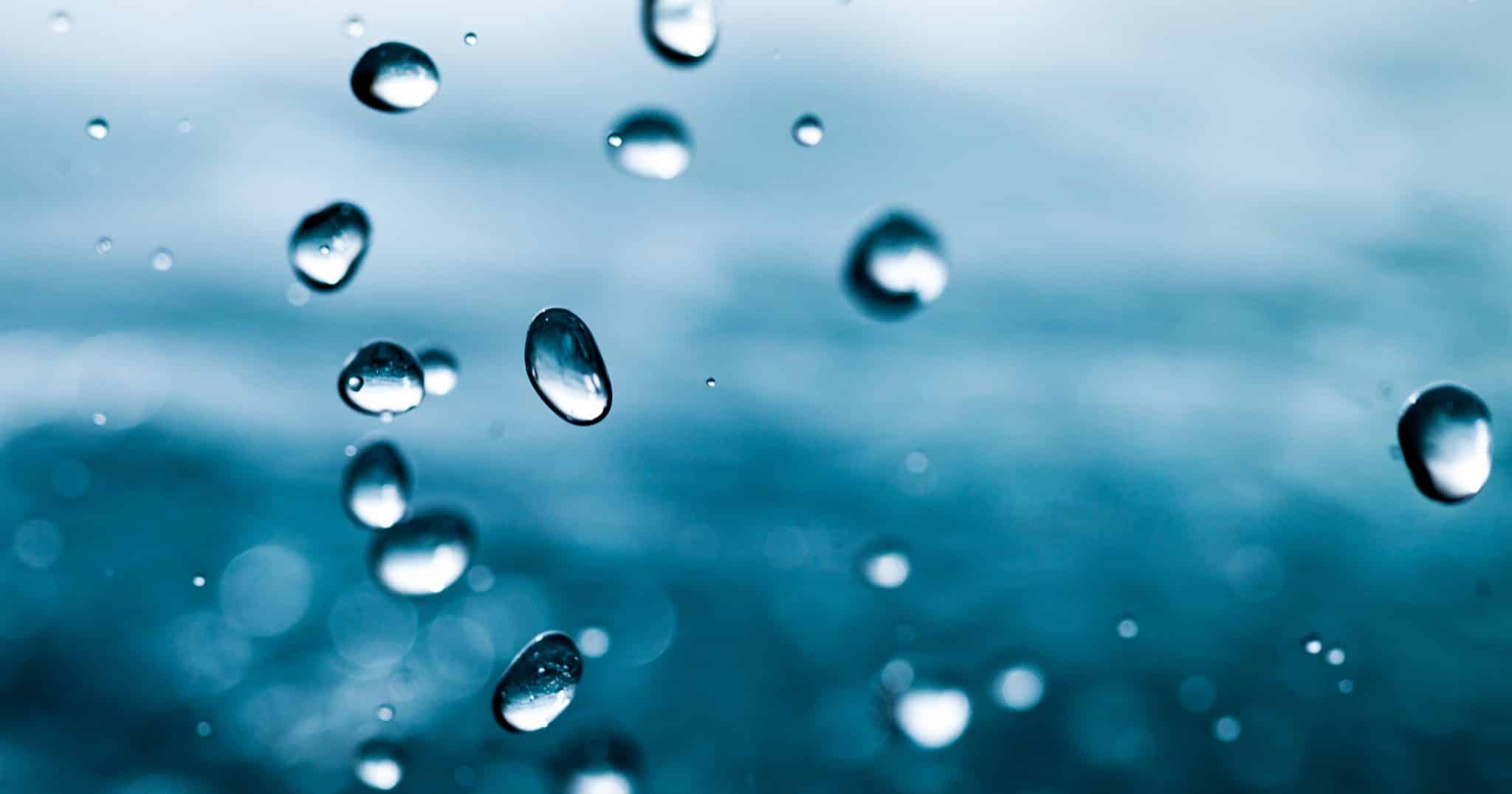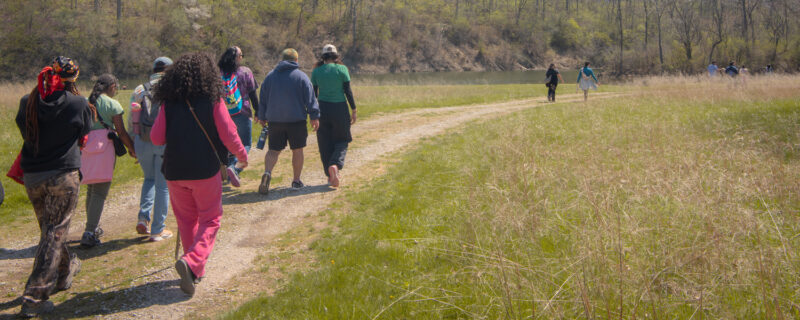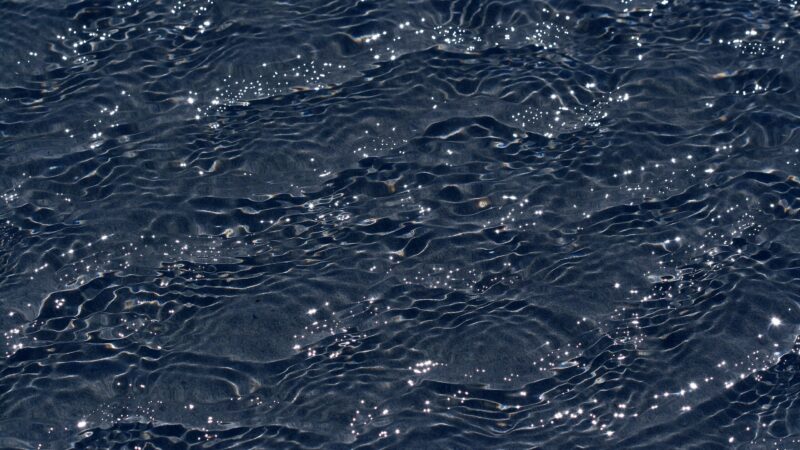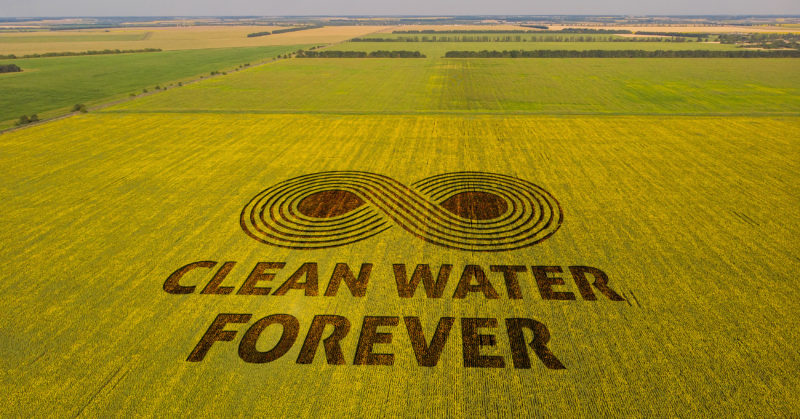Water is Precious. Let’s Keep it Safe!
We all need safe drinking water to thrive. 72% of drinking water in Illinois comes from surface water such as rivers, lakes, and reservoirs. Many Illinois residents also depend on ground water sources such as aquifers (ie. the Mahomet Aquifer which serves much of east central Illinois) or private wells. While Illinois has access to some of the cleanest drinking water supplies in the world, we face threats to our drinking water, including health risks from lead, nitrates, and cyanotoxins.
Problem: Lead, Nitrates, and Polluted Drinking Water
As drinking water passes through lead piping or comes in contact with lead plumbing fixtures it can pick up that lead and contaminate what comes out of our faucets, and the faucets and drinking fountains in our schools, daycares, and parks. To really protect ourselves, we need to remove the lead from our drinking water systems. Nitrate is one of the most prevalent water contaminants in the U.S, especially in highly agricultural areas that can cause Blue Baby Syndrome. Drinking water sources are also suffering increased threats from toxins found in certain types of algal blooms known as cyanobacterial blooms, which contain cyanotoxins.
Solution: Remove Contamination from Our Drinking Water
 Prairie Rivers Network worked with partners to develop legislation requiring Illinois schools and daycare centers to perform lead testing. Solving this health crisis will require a long term plan for continued testing and for the removal of lead service lines and lead fittings and plumbing fixtures. Prairie Rivers Network is working in coalition to advance a bill to require lead service line replacement throughout Illinois. 80% of the nitrate in our water comes from agricultural runoff, and it is this nitrate that fuels algal blooms. We are working to reduce the amount of nitrate flowing off farm fields. Nitrate is water soluble and therefore moves with water on the landscape. Farming practices that help capture nitrate by having living roots in the ground include cover crops, riparian buffers and wetlands. By reducing nutrient runoff into our lakes and rivers, we can prevent toxic algae from growing out of control. Links:
Prairie Rivers Network worked with partners to develop legislation requiring Illinois schools and daycare centers to perform lead testing. Solving this health crisis will require a long term plan for continued testing and for the removal of lead service lines and lead fittings and plumbing fixtures. Prairie Rivers Network is working in coalition to advance a bill to require lead service line replacement throughout Illinois. 80% of the nitrate in our water comes from agricultural runoff, and it is this nitrate that fuels algal blooms. We are working to reduce the amount of nitrate flowing off farm fields. Nitrate is water soluble and therefore moves with water on the landscape. Farming practices that help capture nitrate by having living roots in the ground include cover crops, riparian buffers and wetlands. By reducing nutrient runoff into our lakes and rivers, we can prevent toxic algae from growing out of control. Links:
- US EPA’s Learn About Lead Webpage
- Basic Information About Lead in Drinking Water
- Chicago Tribune on Lead Risk in Illinois Drinking Water
- EPA webpage on Cyanobacteria/Cyanotoxins
- EPA’s Safe Water Query Form for IL
- Check the annual drinking water quality reports for IL
- How Safe is Bottled Water?
Key actions that we are working on include:
- Develop broad coalition of stakeholders to advance policies to reduce nutrient pollution
- Educate the public and local leaders about nutrient pollution as a drinking water and public health problem
- Leverage Illinois Nutrient Loss Reduction Strategy to spotlight industrial agriculture’s role in polluting streams and rivers, and to find solutions to reduce nutrient loadings in our waters
- Develop and distribute myth busting information on agriculture in Illinois, targeting key NGO staff, journalists, and government officials; develop and implement a rapid response communications team to challenge the biased media narrative surrounding farming in America
- Promote a recognition that lax pollution standards unwisely subsidize destructive practices, undercut healthier farming practices, and impose high costs on public water suppliers and taxpayers











